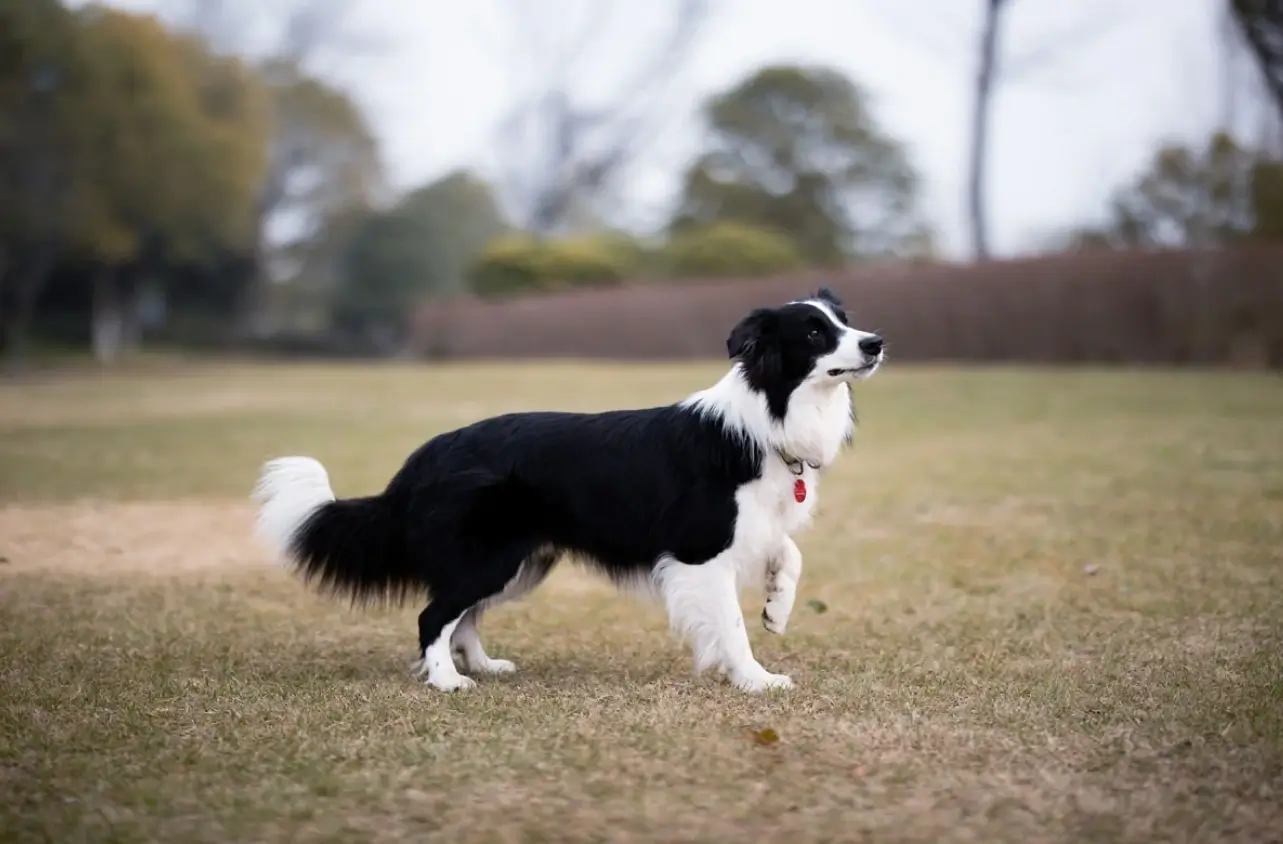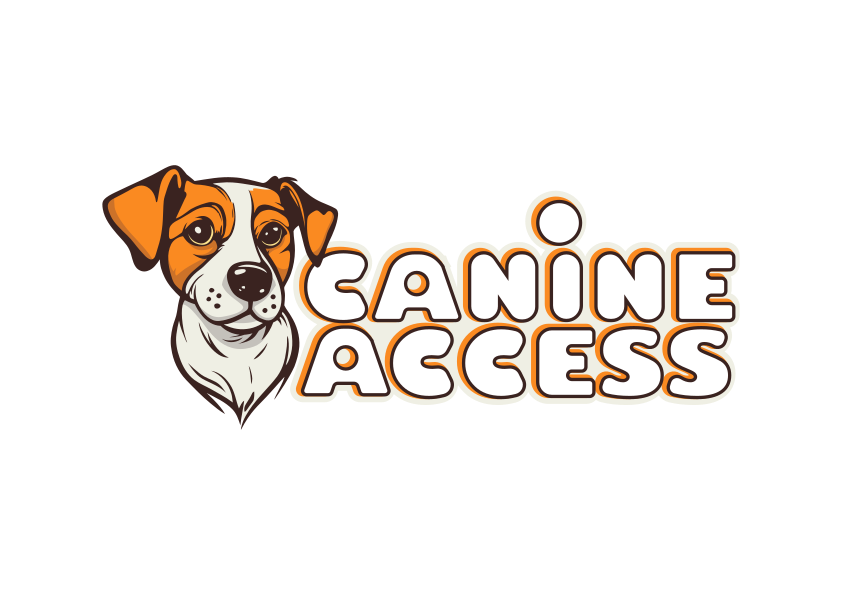Recall is a very important command that your dog must master. Whether in a garden, in the park, on a walk, or in any other public place, your pet must return to you when you call it. The mastery of this command by the dog can save its life in case of danger. Because of its importance, Canine Access invites you to discover practical tips for teaching dog recall.
Your Dog Must Know Its Name
The first thing to do before teaching a dog recall is to let him know its name. Your dog should be able to respond whenever you call them. To help your pet quickly recognize its name, offer a reward (kibbles, cuddles, etc.) each time they have a positive reaction after hearing their name.
Repeat the exercise regularly at home, but also outside to get them used to responding in all circumstances, even if there is noise. When training at home, avoid doing this exercise during your dog’s meal or nap time because it is unlikely to give you the attention it needs.
Choose the Right Reminder Signal
The best command to teach dog recall is to call its name and add “to the heel”. If you have a German Shepherd named Max, for example, say “Max on the heels” to give them a clear and unambiguous command. Using only the dog’s name can confuse the dog’s mind. You should also avoid more vague commands like “come” or “come here.” It is also useful to train dogs to respond to other commands such as “sit.”
How to Teach Dog Recall: Step-by-Step Guide
Dog recall training can be done in three steps:
Initiation at Home
To begin with, small exercises are recommended. For example, you can clap your hands to get the dog’s attention. According to some experts, you may get better results by crouching when toe-calling or pointing to your feet. Each time the dog approaches, they deserve to be congratulated with petting or a reward (treat or toy). They will thus associate obedience with rewards. In addition, your gesture must be in harmony with the intonation used to give the order. Harsh intonations with angry gestures do not work well.
Outdoor Learning
For outdoor dog recall training, start somewhere quiet and distraction-free.
It is also easier to use a leash at first (avoid retractable leashes). The exercise will then consist of walking and calling the dog’s name to get its attention. When it gets closer, give it the command and point to your feet. Repeat the exercise several times. If your hairball doesn’t come back, you can gently pull the leash and give the foot call to motivate it to come back. But be careful that the dog does not read this gesture as an extreme constraint. Patience, enthusiasm, and the precision of the order of the recall with the foot will help your pet to assimilate the lesson better.
Deepening to Learn Recall
When your dog starts coming back to you more easily, you can now shift into high gear in a much busier place. In addition, to deepen learning, you should give the command to call back when the dog is busy sniffing an odor or taking an interest in a moving pigeon, for example. If it leaves what it is doing to come back, you’ve succeeded. To encourage it to continue in this direction, the reward when they obey immediately must be more generous.
Combine Games With Dog Recall Training
Learning to cue through play is also very effective in capturing your pooch’s attention.
Hide and Seek
This very simple game is a lot of fun. Hide, then call your dog. Pets like to play hide and seek. They use their search instincts to find their master’s hiding place.
At first, the game should be easy (one person with easy hiding places). Then make things more difficult by playing hide and seek with other family members who will give the order to recall the pet.
Ping Pong
You will need help using Ping-Pong in teaching dog recall. The process is simple. The first player calls the dog while the second stays well away and calm so as not to distract the animal and prevent it from answering the call. After the dog joins the first player, the second person calls it back. The order is given only once in a precise manner.
It is also important to take your dog for a walk.
